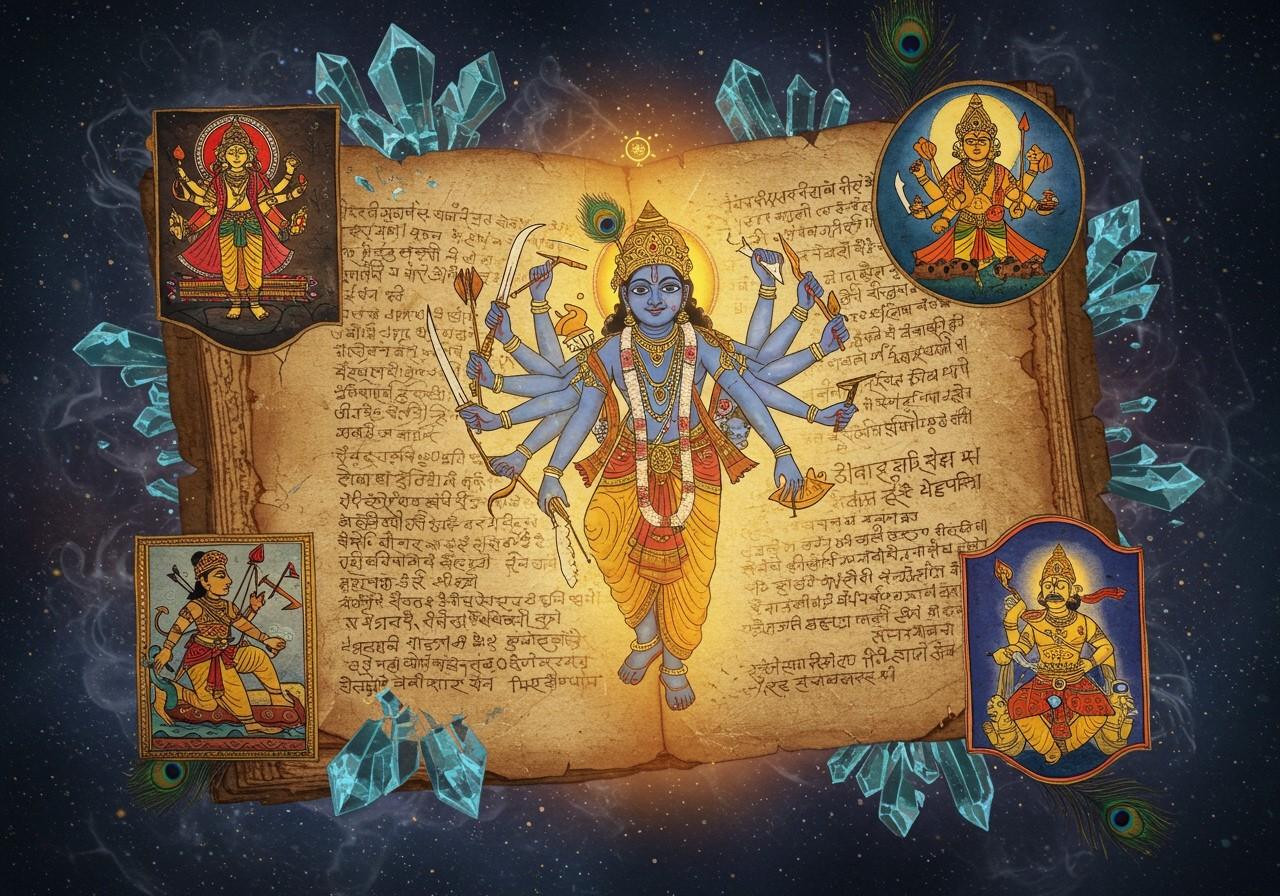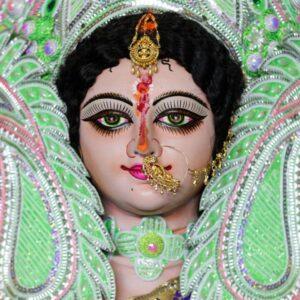
The Mahabharata, an ancient Indian epic, is rich with hidden secrets, deep meanings, and mysteries that many people may not be aware of. It offers profound wisdom, life lessons, and philosophical insights beyond its tales of kings, wars, and heroism. The epic contains secret codes, subtle messages, and layers of understanding that have been studied by scholars and storytellers for centuries. These secrets span from the birth of the Pandavas to the divine interventions of Lord Krishna, making the Mahabharata a treasure trove of divine secrets, hidden truths, and scientific facts.
The Enduring Legacy of the Mahabharata
The Mahabharata’s timeline is a subject of ongoing scholarly debate. Estimates place its composition between 400 BCE and 400 CE. Astronomical dating methods have been employed to pinpoint specific events, like the Kurukshetra War, providing crucial historical and cultural context.
Passed down through generations, the Mahabharata has preserved its core narrative while adapting to evolving societal norms. Its influence on subsequent Indian literature and mythology is undeniable, with oral traditions playing a crucial role in maintaining the integrity of its stories.
The epic’s impact on contemporary Indian culture and rituals is profound. Festivals such as Diwali and Dussehra draw inspiration from its narratives. Its teachings, particularly those found in the Bhagavad Gita, continue to guide daily life and spiritual practices.
Enigmatic Figures of the Mahabharata
Beyond the well-known characters, the Mahabharata features enigmatic figures whose stories often go unnoticed:
- Bhishma: His vow of celibacy profoundly shaped his life and played a pivotal role in the Kurukshetra War. This commitment ultimately led to his tragic demise on a bed of arrows.
- Ashwatthama: Known for his supposed immortality and cursed to wander the earth eternally, his story raises questions about the nature of life and death. His actions in the war led to this severe punishment.
- Barbarik: Grandchild of Bhima, his immense strength was countered by a curse that prevented his participation in the war. This paradox highlights the complexities of fate and free will.
- Kripa: One of the few survivors of the Kurukshetra War, he served as a teacher, his wisdom and experience transcending the devastation. His survival underscores the importance of knowledge and guidance.
- Parashurama: Connected to various Mahabharata characters and famed for his battles with the Kshatriyas, his presence connects the epic to broader mythological narratives. He plays a significant role in the lineages of several key characters.
- Shikhandi: Instrumental in Bhishma’s downfall, Shikhandi’s complex story of gender transformation explores themes of identity and destiny. The circumstances of Shikhandi’s birth and life are crucial to understanding this pivotal event.
- Vidura: Renowned for wisdom and righteousness, his unique birth and contributions to the narrative provide valuable insights into dharma and morality. His counsel often went unheeded, leading to tragic consequences.
Unraveling the Mysteries of the Mahabharata
Despite its detailed narrative, the Mahabharata leaves several intriguing questions unanswered:
- The Pandavas and Draupadi’s disappearance: Their final journey and mysterious departure remain an enigma, prompting speculation about their ultimate fate.
- The true identity of Vyasa: The sage who composed the Mahabharata is shrouded in mystery, with various theories surrounding his origins and divine nature.
- The whereabouts of the Saraswati River: The river’s significance in the epic contrasts with its historical disappearance, raising questions about its symbolic meaning and geographical reality.
- The reality of divine weapons: Descriptions of celestial weapons prompt inquiries about their historical counterparts and the potential for advanced ancient technology.
- The secret of the Chakravyuha formation: The tactical brilliance and origins of this battle formation continue to intrigue scholars and military strategists alike.
- The enigma of Krishna’s death: The circumstances surrounding Krishna’s departure from the mortal world hold deep symbolic significance.
- The fate of the Kaurava lineage: The lesser-known descendants and their contributions post-war remain largely unexplored, leaving a gap in the historical narrative.
Bridging the Past and Present: The Mahabharata’s Cultural Significance
The Mahabharata’s influence extends beyond literature, permeating daily practices and rituals:
- The Bhagavad Gita’s role: Its teachings are woven into daily life and spirituality, providing moral and ethical guidance. The Gita’s wisdom continues to inspire individuals across various backgrounds.
- The Mahabharata in festivals: Events from the epic are commemorated during festivals like Diwali and Dussehra, keeping the stories alive in cultural memory. These celebrations reinforce the epic’s values and teachings.
- Recitations and adaptations: The tradition of reciting the Mahabharata in temples persists, alongside modern adaptations in dance, drama, and television. This ensures the epic’s continued relevance across generations.
- Symbolism in rituals: Characters and events from the Mahabharata are symbolically represented in Hindu rituals, connecting daily practices to the epic’s profound narratives. These symbolic representations deepen the spiritual meaning of rituals.
- Influence on art and architecture: Scenes from the Mahabharata are depicted in Indian art, temples, and monuments, showcasing its artistic and cultural impact. These visual representations serve as a constant reminder of the epic’s enduring presence.
- Educational value: The epic serves as a valuable tool for moral and ethical education, imparting wisdom and life lessons. Its stories offer guidance on navigating complex situations and making ethical choices.
- Modern interpretations: Contemporary adaptations shape our understanding of this timeless epic, making it accessible and relevant to modern audiences. These interpretations often explore new perspectives and themes within the narrative.
Connecting with the Mahabharata through Poojn.in
Poojn.in, India’s leading online store for cultural and religious goods, offers a wide selection of products that can enhance your understanding and appreciation of the Mahabharata. Explore these offerings to deepen your connection with this timeless epic:
- Tulsi Mala with Radha Locket: This beautiful mala, crafted from sacred Tulsi wood, can be used for meditation and prayer, enhancing your connection with the divine feminine energy represented by Radha, Krishna’s consort, a prominent figure in the Mahabharata.
- Dor Mala (Red Cotton Kalava Raksha Sutra): This sacred thread is ideal for rituals and ceremonies, symbolizing protection and blessings, reminiscent of the sacred threads used by warriors and sages in the Mahabharata.
- Enchanting Tales of Lord Krishna Blog Post: Delve deeper into the stories and teachings of Lord Krishna, a central figure in the Mahabharata, through this insightful blog post on Poojn.in.
- Rudraksha and Tulsi – Sacred Hindu Symbols Explained Blog Post: Explore the symbolism and significance of Rudraksha and Tulsi, sacred elements often associated with deities and rituals mentioned in the Mahabharata.
Conclusion
The Mahabharata is more than just a story; it’s a reflection of India’s rich cultural and spiritual heritage. Its lesser-known facts and enduring mysteries add layers of depth, making it a timeless epic that continues to inspire and educate. By exploring these hidden aspects, we gain a deeper appreciation for its wisdom and teachings. The Mahabharata’s influence on festivals, rituals, and daily life underscores its enduring legacy, reminding us of the importance of preserving and honoring our heritage.

